Apple announced years ago that it would soon end support for 32-bit applications within macOS. Therefore, the Cupertino giant already announced in 2018 that the version of macOS Mojave will be the last version of the apple operating system that can still handle 32-bit applications. And that's exactly what happened. The next macOS Catalina will no longer be able to run them. In this case, the user will see a message stating that the application is not compatible and its developer must update it.
It could be interest you
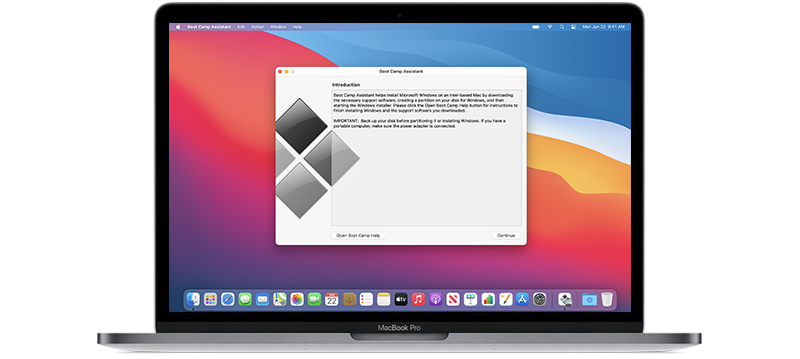
This step did not exactly touch many users pleasantly. It is not really surprising, since it brought with it a number of complications. Some Apple users lost their software and game library. Remaking an app/game from 32-bit to 64-bit may not pay off financially for developers, which is why we have completely lost a number of great tools and game titles. Among them stand out, for example, legendary games from Valve such as Team Fortress 2, Portal 2, Left 4 Dead 2 and others. So why did Apple decide to completely cut 32-bit applications, when it caused a number of problems for its users at first glance?
Moving forward and preparing for a bigger change
Apple itself argues the relatively clear benefits of 64-bit applications. Since they can access more memory, use more system performance and the latest technology, they are naturally a bit more efficient and better for the Macs themselves. In addition, they have been using 64-bit processors for several years, so it is logical that properly prepared applications run on them. We can see a parallel in this even now. On Macs with Apple Silicon, programs can run either natively or via the Rosetta 2 layer. Of course, if we want only the best, it is appropriate to use fully optimized software that is directly created for the given platform. Although it is not one and the same thing, we can see a certain similarity here.
At the same time, interesting opinions justifying this step appeared years ago. Even then, speculation began about whether Apple was preparing for the arrival of its own processors and therefore a departure from Intel, when it would make sense for the giant to more or less unify all its platforms. This was also indirectly confirmed with the arrival of Apple Silicon. Since both series of chips (Apple Silicon and A-Series) use the same architecture, it is possible to run some iOS applications on Macs, which are always 64-bit (since iOS 11 from 2017). The early arrival of Apple's own chips could also play a role in this change.
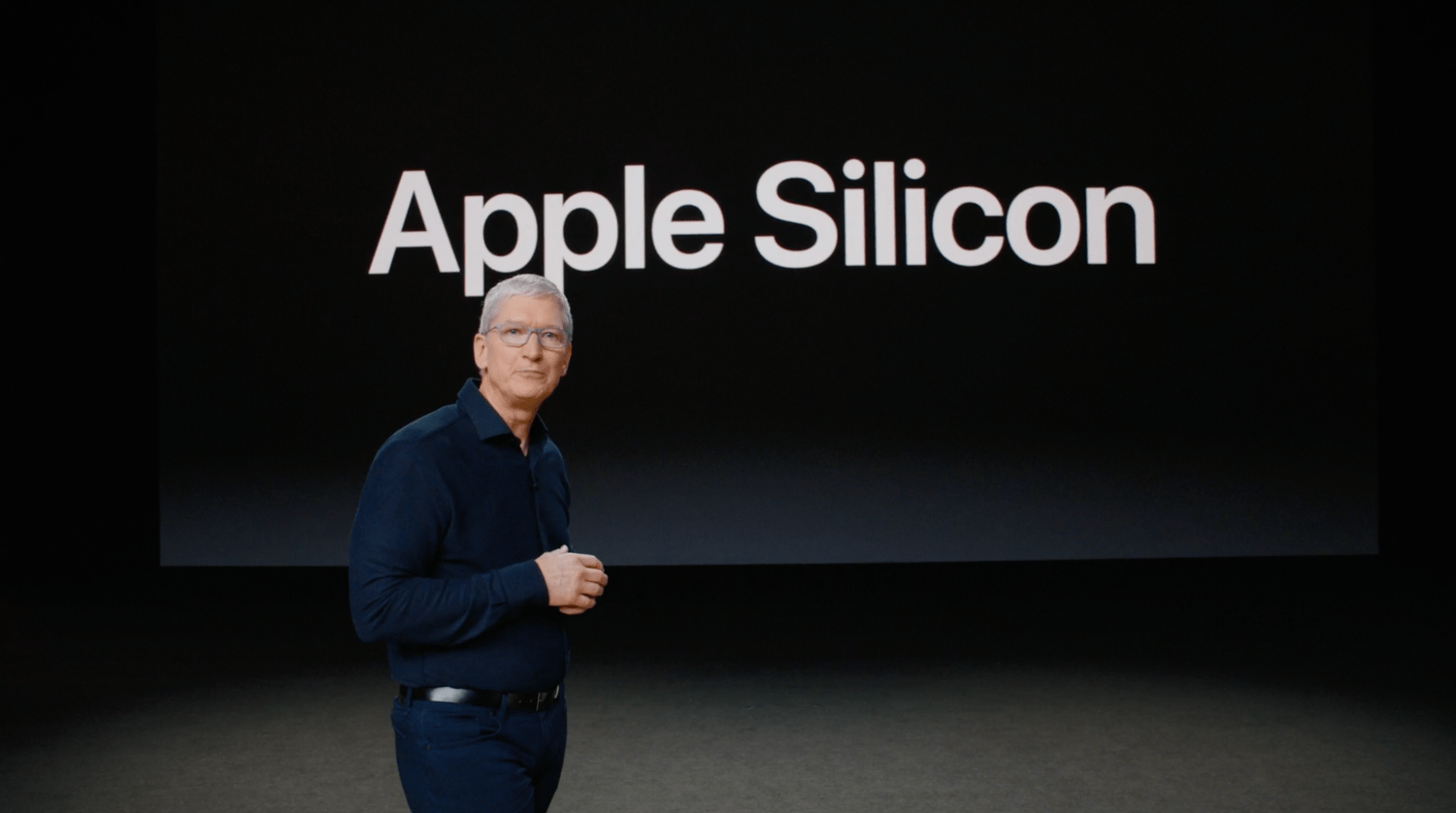
But the shortest answer is unequivocal. Apple moved away from 32-bit apps (in both iOS and macOS) for the simple reason of providing better performance on both platforms and longer battery life.
Windows continues to support 32-bit applications
Of course, there is one more question at the end. If 32-bit applications are so problematic according to Apple, why does rival Windows, which is by far the most widely used desktop operating system in the world, still support them? The explanation is quite simple. Since Windows is so widespread and many companies from the business sphere rely on it, it is not in Microsoft's power to force such strong changes. On the other hand, here we have Apple. On the other hand, he has both software and hardware under his thumb, thanks to which he can set his own rules without having to consider almost anyone.
It could be interest you

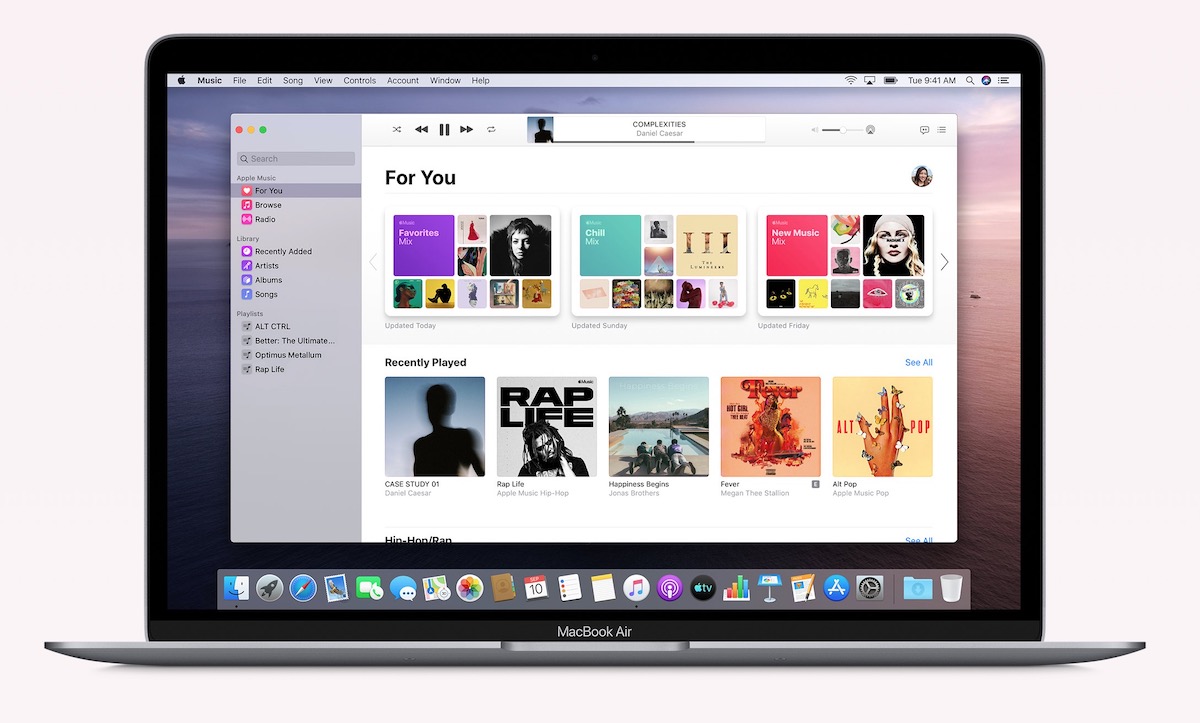
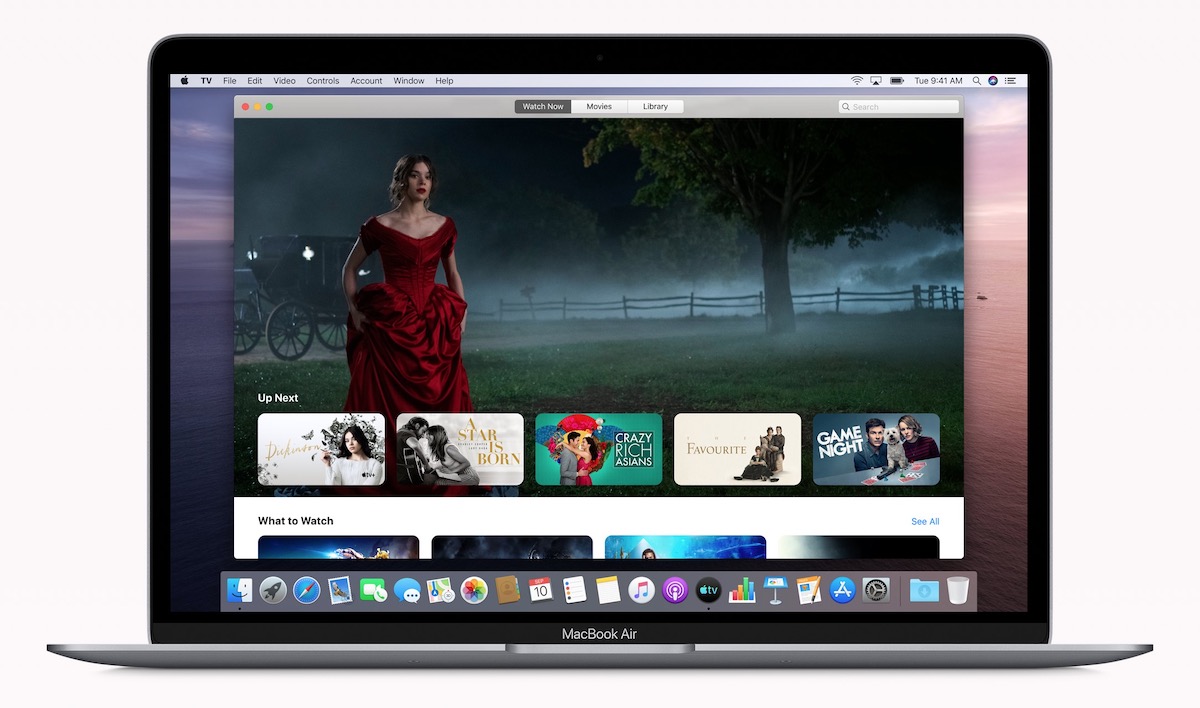
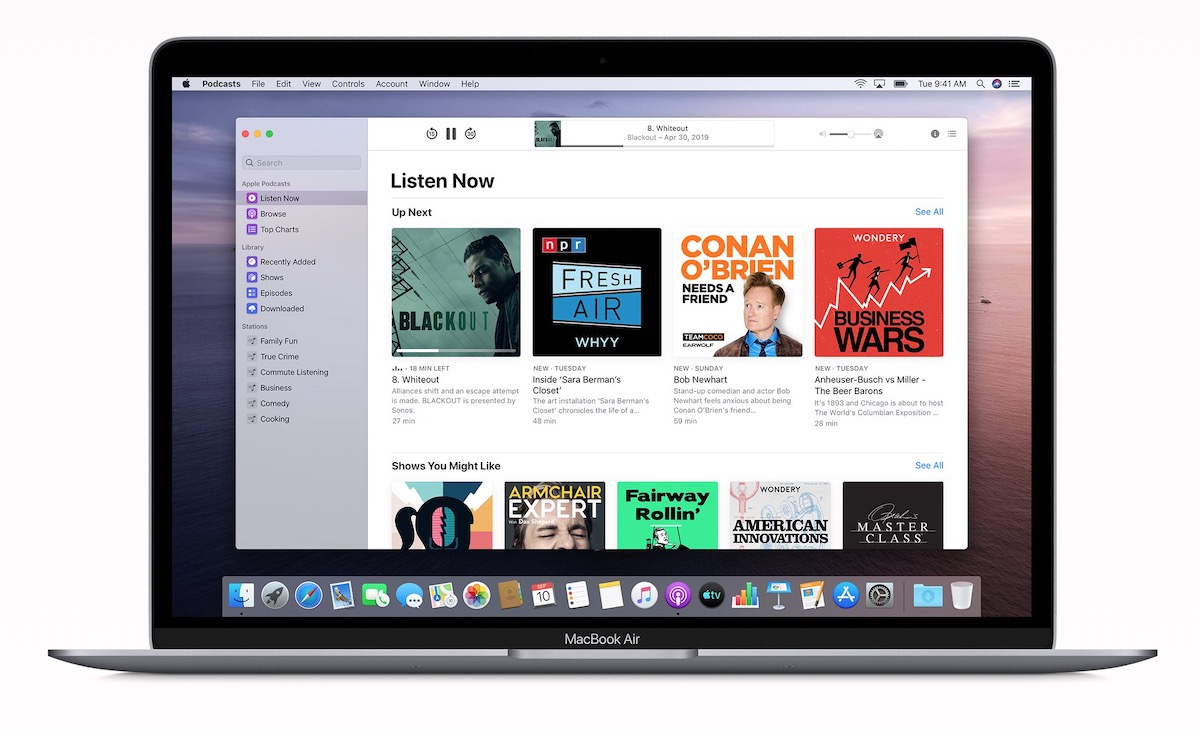

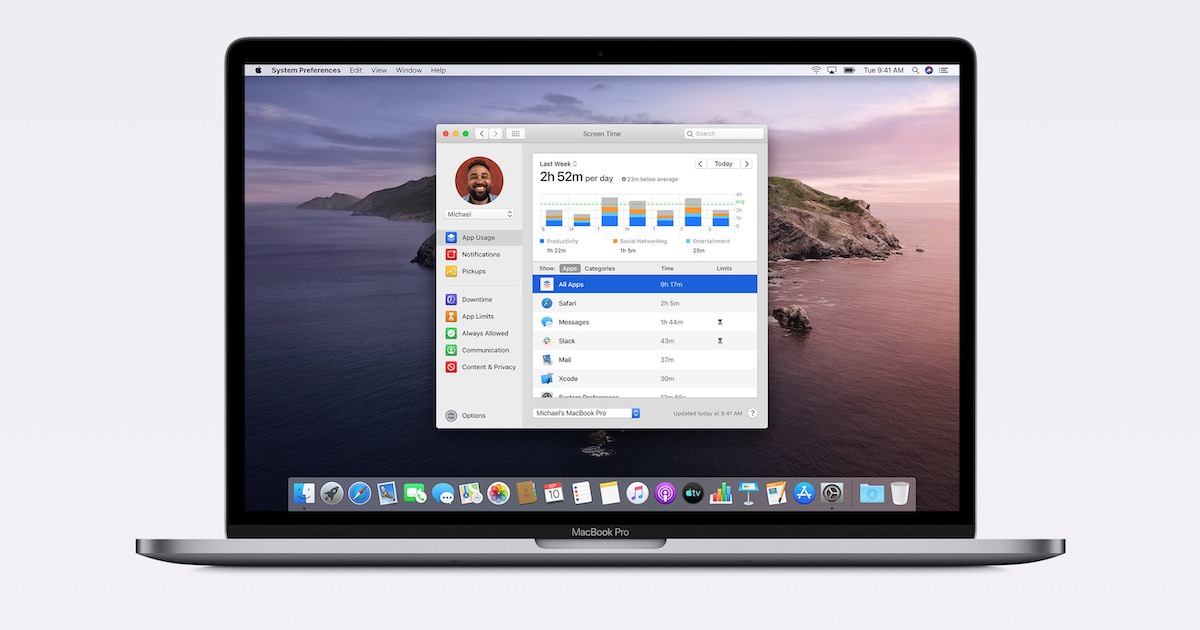
 Adam Kos
Adam Kos
A lot of devices in the industry still need 16-bit support... unsupported OSs have to be used there, unfortunately. On the other hand, it doesn't matter, because those devices are not in the network, or they are on a separate "own" network.